June 17
2015 June 17
Gordon Hart writes: We were up near Courtenay on June 15, so we drove up to Mount Washington and walked the lower slopes near the alpine lodge. The most common butterfly was Western Meadow Fritillary Boloria epithore. There were dozens everywhere, some very worn and some much fresher. There were several whites and blues, but none stopped long enough for a closer look. Other species were seen down below the lodge in Paradise Meadows, the entrance to Strathcona Park. There we saw two Anise Swallowtails, and one comma, probably a P. zephyrus with a grey underside, and lots more fritillaries. The moths were mostly tiny geometrids, but there was also a black Rheumaptera hastata . I have attached pictures of a fritillary, a sawfly with a lime-green and black body, two beetles with nice yellow-green elytra [identified for us as Pachyta armata, by Scott Gilmore] and a cicada, probably Okanagana occidentalis; and the moth.
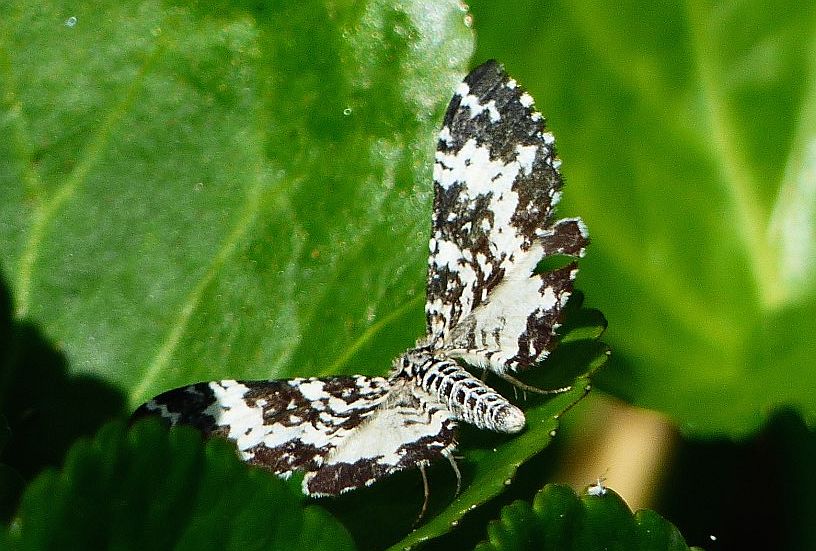
 Spear Moth, or Argent and Sable Rheumaptera hastata (Lep.: Geometridae) Gordon Hart
Spear Moth, or Argent and Sable Rheumaptera hastata (Lep.: Geometridae) Gordon Hart

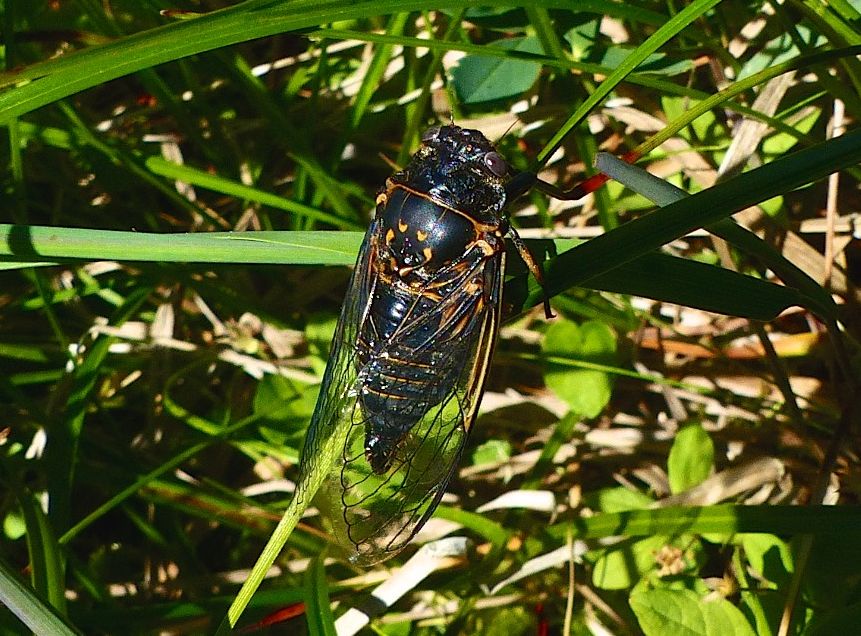
Cicada, probably Okanagana occidentalis (Hem.: Cicadidae) Gordon Hart

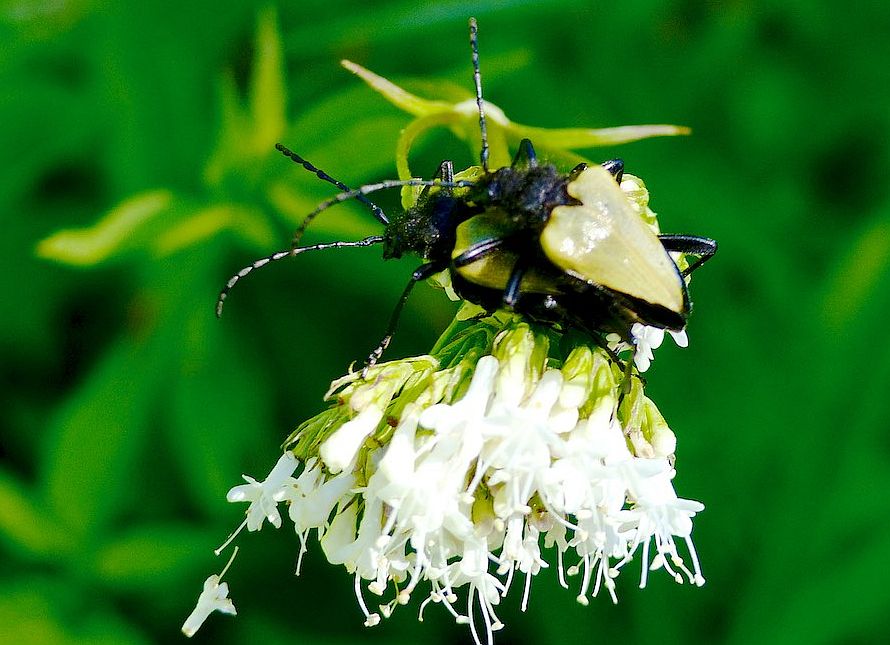
Pachyta armata (Col.: Cerambycidae) Gordon Hart
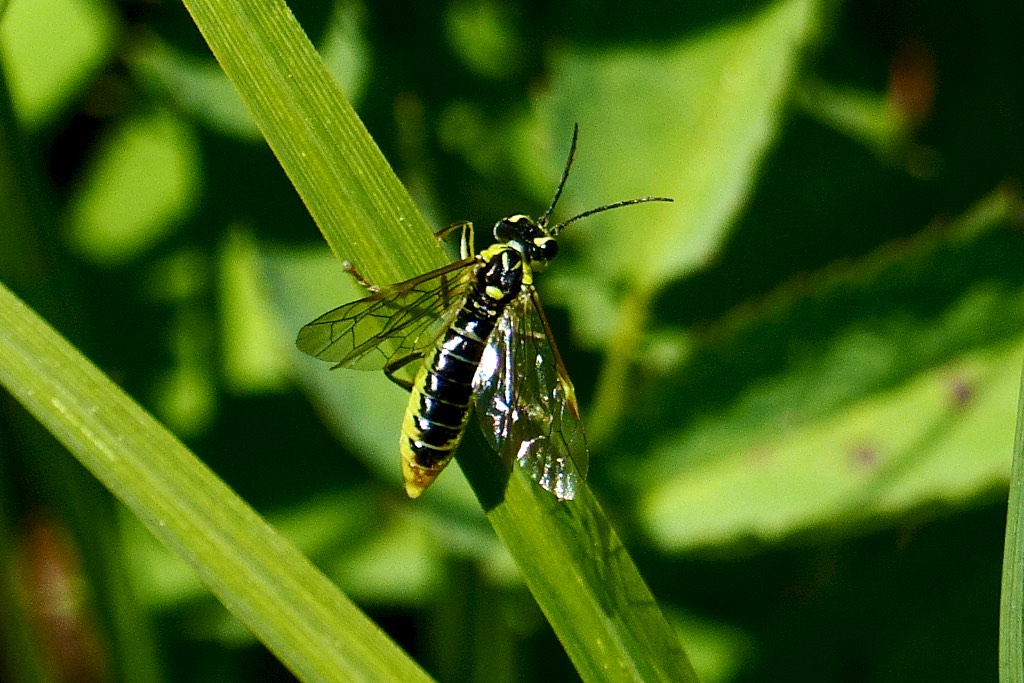
 Sawfly (Hym.: Symphyta) Gordon Hart
Sawfly (Hym.: Symphyta) Gordon Hart

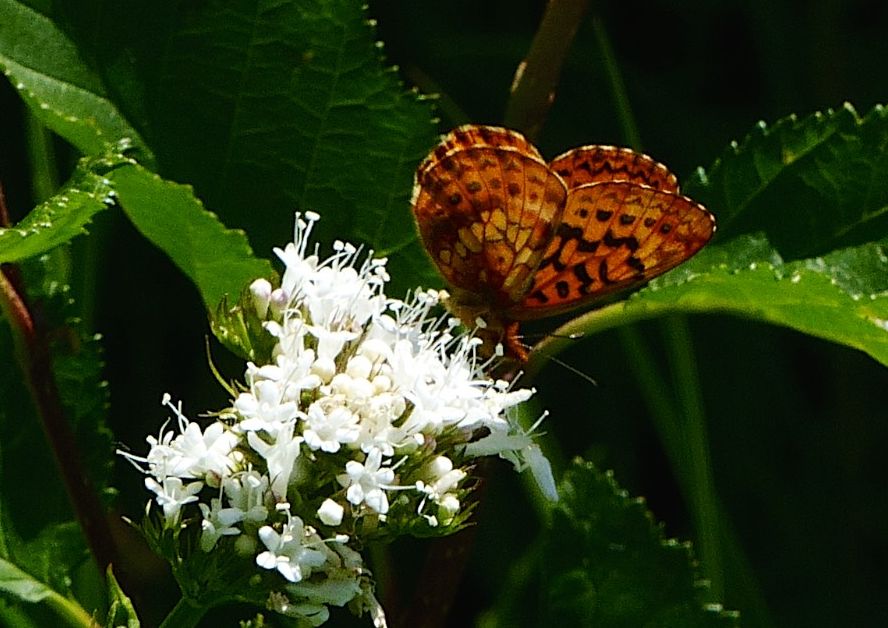
Western Meadow Fritillary Boloria epithore (Lep.: Nymphalidae) Gordon Hart

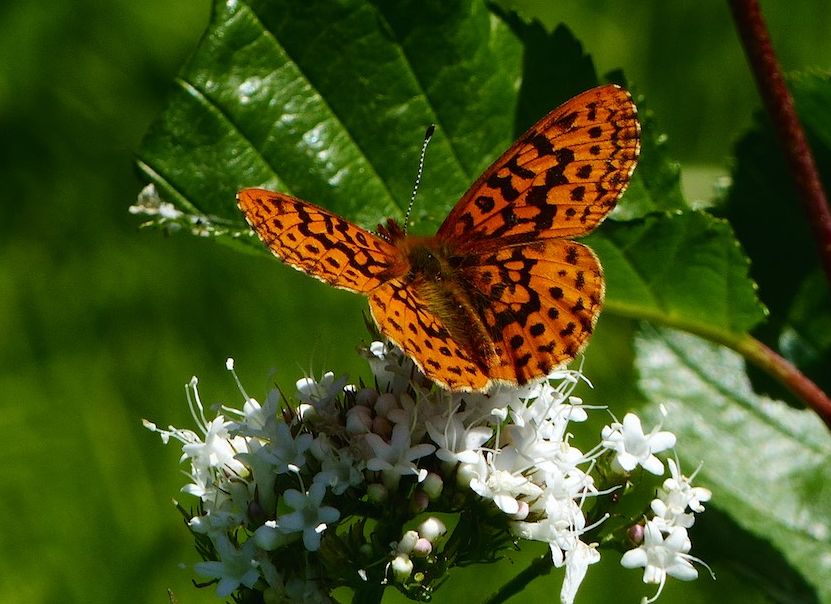
Western Meadow Fritillary Boloria epithore (Lep.: Nymphalidae) Gordon Hart
Jeremy Tatum writes: Here is a photograph of some caterpillars of Milbert’s Tortoiseshell found on the Hillmann Trail during Saturday’s Bioblitz in Metchosin.
The caterpillars of Milbert’s Tortoiseshell, Satyr Comma and Red Admiral all feed on Stinging Nettle. Those of the comma and the admiral are solitary, whereas those of the tortoiseshell are highly gregarious, sometimes being found in groups of a hundred or more. I satisfied myself with five. In the last week or so I have been finding caterpillars of Red Admiral in almost every nettle patch I look at. We should be seeing lots of adult butterflies in a few weeks.
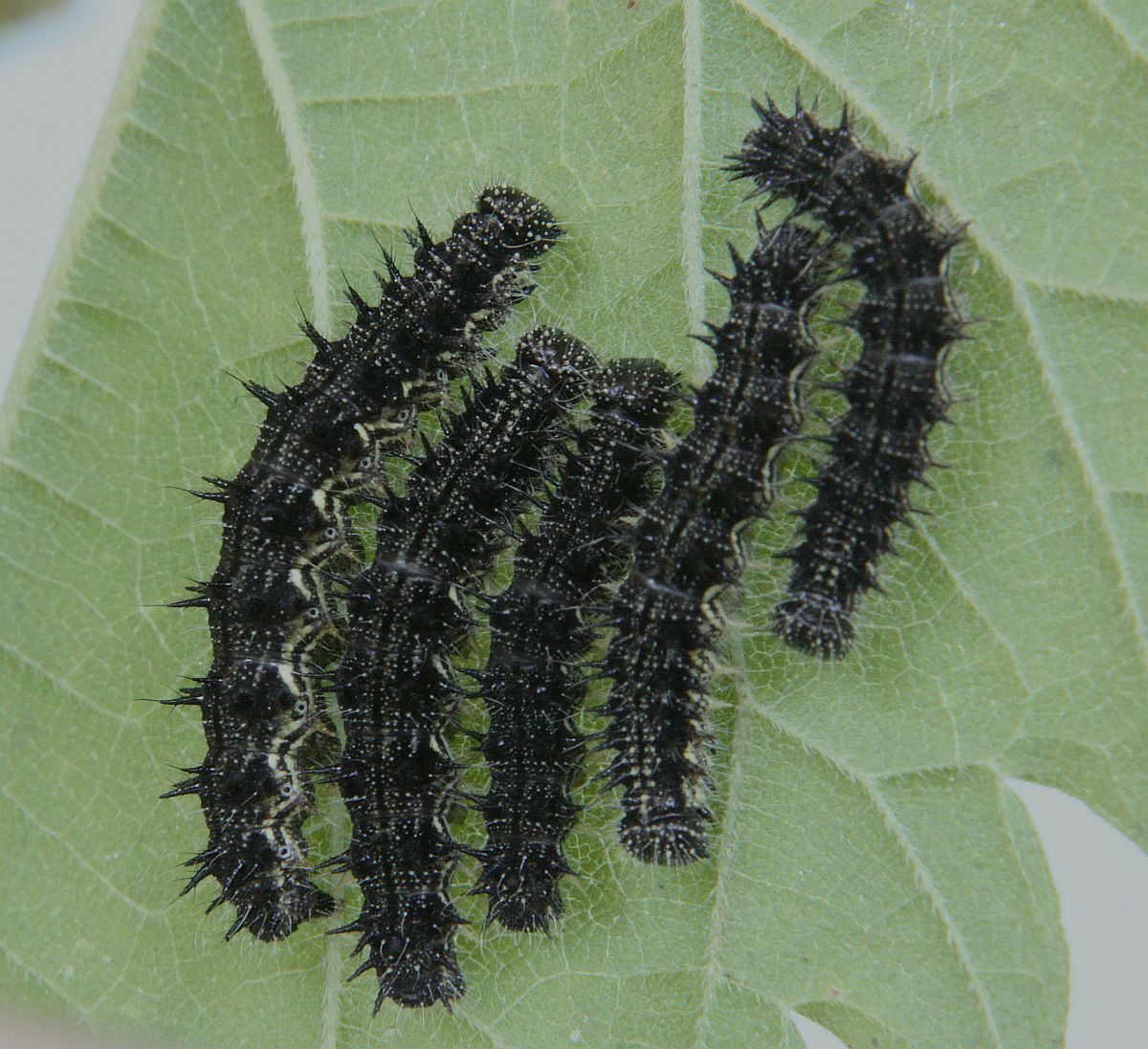
Milbert’s Tortoiseshell Aglais milberti (Lep.: Nymphalidae) Jeremy Tatum

